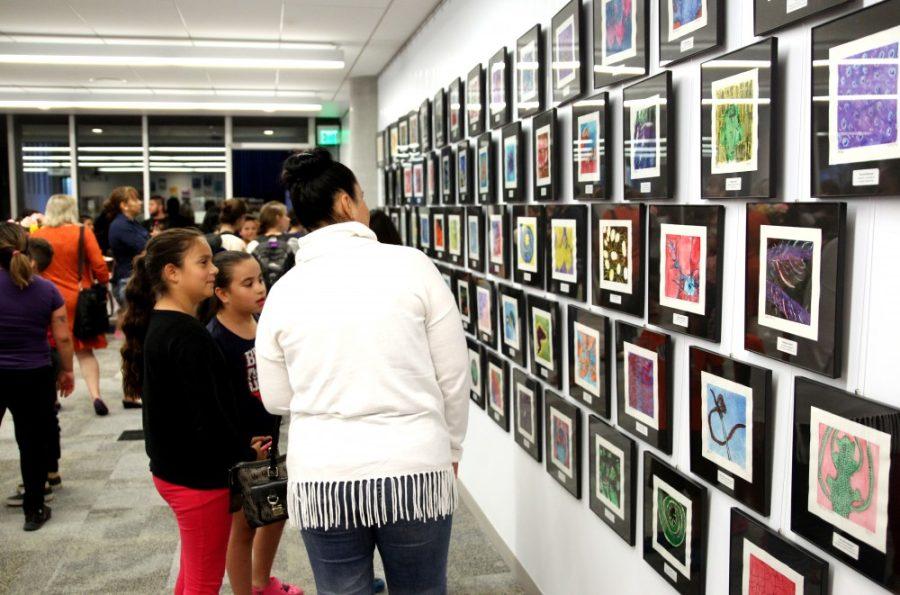When many people think about science, they often think about graphs, tables and data. But science can lend inspiration to art as well and can help students express themselves in ways they may not have otherwise been able to.
Through a partnership with the UA School of Geography and Development, Biosphere 2 and several local grade schools, elementary and middle school students are now able to use their scientific observational skills to create unique artistic interpretations of what they are learning.
Students also get the chance to visit Biosphere 2 and connect with the scientists working at the Landscape Evolution Observatory through the Mini-LEO program. At Biosphere 2, students interact with real scientists and are a direct part of the LEO project. Students develop an ecology project to help provide data on potential plants that can be used in the observatory.
“The biggest connections are around what a scientist does and what a scientist looks like,” said Greg Barron-Gafford, biogeography professor in the UA School of Geography and Development. “In their first visit to Biosphere 2 two years ago, one student that had spent the whole day with us asked, ‘When do we get to meet a real scientist?’ Wow—what a telling question. They hadn’t seen anyone in a lab suit and even though I had kind of crazy hair, I didn’t fit their mental image.”
Michelle Coe, the Mini-LEO program director, works with several UA interns throughout the school year to teach students at the school’s science lessons, which they later translate into art.
Some of the lessons that lent themselves to artwork included the process of photosynthesis and an artistic interpretation of several micrographs.
“Students look at plants or soil under microscopes and that new perspective can really capture a student’s imagination,” Barron-Gafford said. “And I believe that reinforces interest in the science they are doing.”
Students at Mansfield Middle School were shown several micrographs that were of both living and non-living materials to create the interpretive artwork displayed at ENR2. They were then were given the opportunity to recreate what they saw in their artwork.
“It’s just a different way of understanding and it touches on students’ different abilities and interests,” Coe said. “Students might not enjoy writing in their journals about what [they are] observing, but they might love taking all those pieces and collaging things or drawing.”
The student artwork was showcased in two viewings. The first was at Biosphere 2 on April 2 and the other was April 8 in the new ENR2 building.
Student artwork from Borton Magnet and J.B. Wright Elementary schools was showcased at the Biosphere 2 show. Artwork from students at Manzo Elementary School and Mansfield Middle School was showcased at the ENR2 gallery showing.
The UA community and school garden program is helping to sprout young artists and young scientists.
Follow Natalie Robbins on Twitter.









